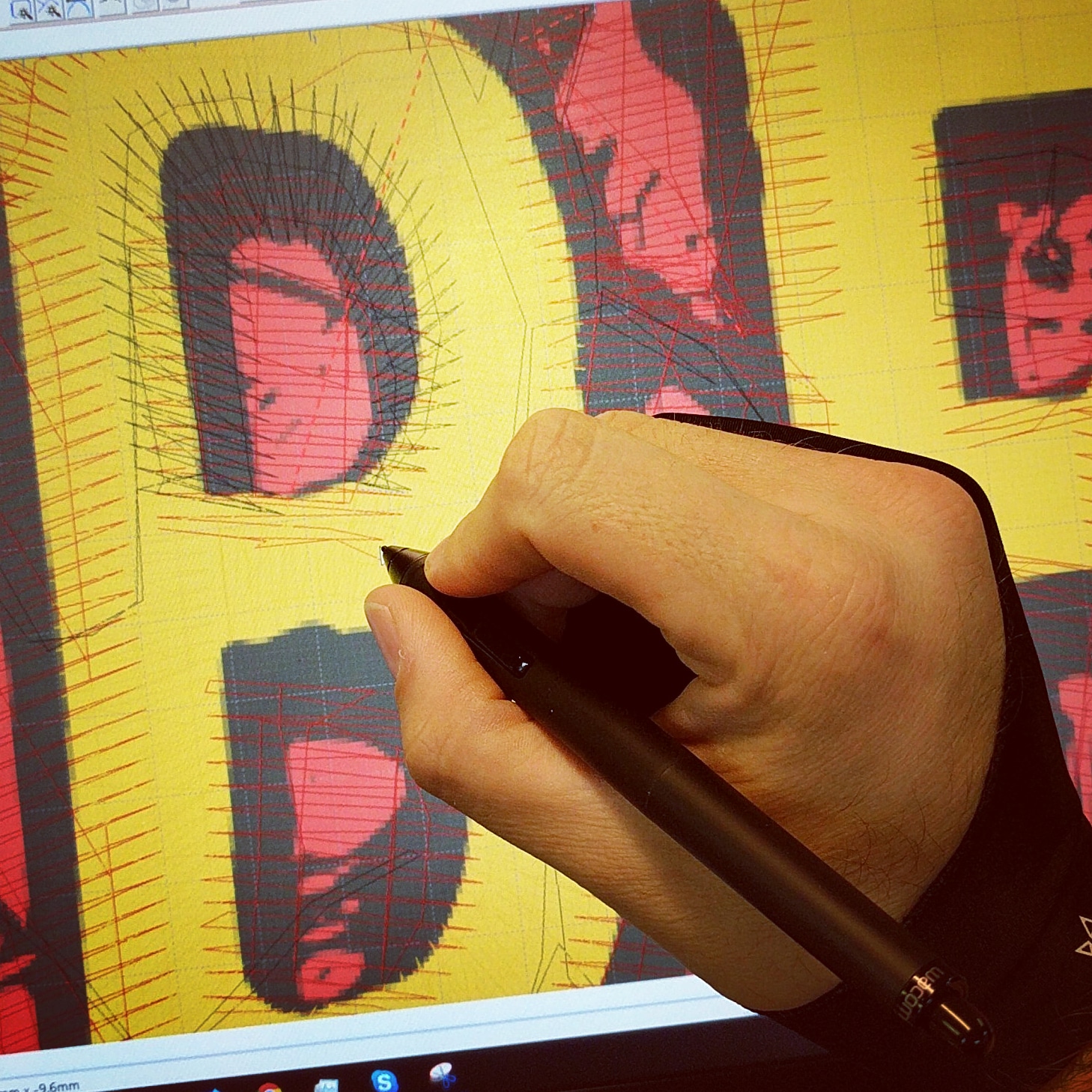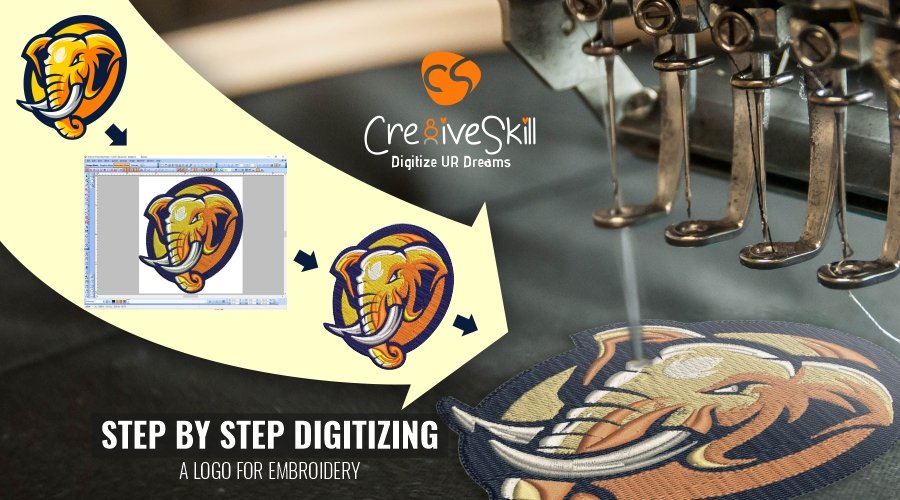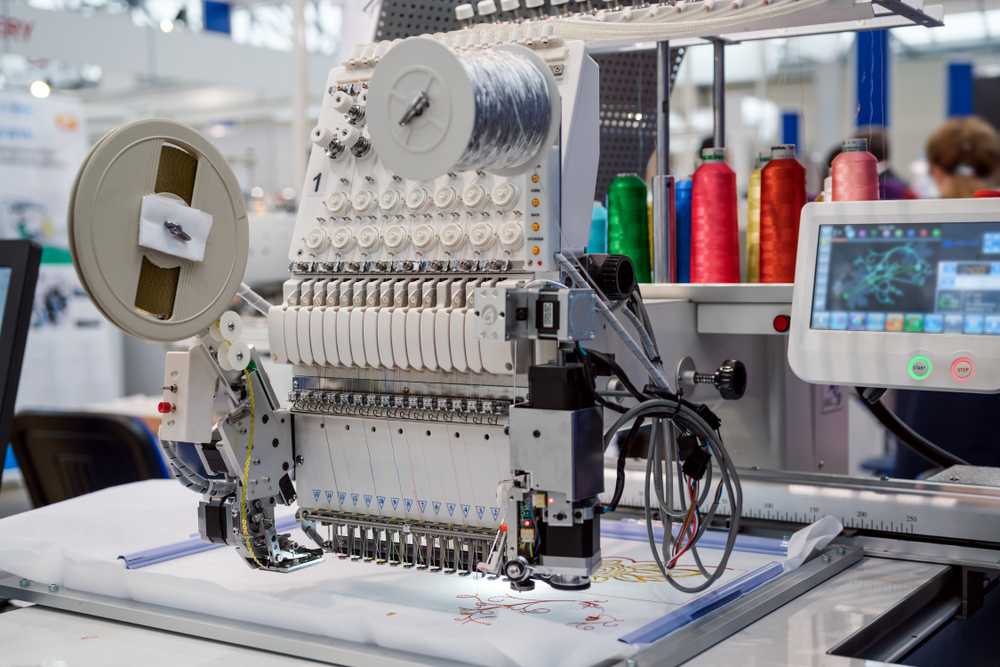Ideal Digitizing for Embroidery: Improve Your Projects
Ideal Digitizing for Embroidery: Improve Your Projects
Blog Article
Understanding the Needlework Digitizing Process: Your Ultimate Guide
Embroidery digitizing is a careful craft that requires accuracy and know-how to translate elaborate designs right into digital layouts for device needlework. As artisans begin on this trip to understand the needlework digitizing procedure, a detailed understanding of the essentials establishes the foundation for excellence. Nevertheless, past the simple understanding lies a realm of advanced software program, specialized devices, and nuanced techniques waiting to be checked out. By diving into the nuances of digitizing, one can unlock a globe of innovative opportunities and boost their needlework jobs to brand-new elevations.

Understanding Embroidery Digitizing Basics
Embroidery digitizing basics form the structure upon which intricate layouts are converted into machine-readable formats for precise stitching. This preliminary step in the needlework digitizing process is essential for making sure that the final embroidered product is a loyal representation of the original design. Comprehending needlework digitizing basics involves grasping crucial concepts such as stitch types, stitch instructions, thickness, padding, and pull payment.
Stitch kinds play a crucial role in figuring out the visual and textural result of the stitched layout. By selecting the appropriate stitch kind, whether it be satin, fill, or running stitch, digitizers can accomplish the wanted impact and boost the general high quality of the needlework. In addition, stitch direction affects the flow and measurement of the style, while density figures out the spacing and protection of the stitches.
Moreover, underlay sewing offers security to the style by protecting the textile and stopping distortion during the embroidery process. Pull compensation is another essential consideration to counteract the all-natural tendency of material to contract when stitched. Mastering these needlework digitizing basics is essential for developing professional-quality stitched products.
Picking the Right Digitizing Software Application
Selecting the ideal digitizing software is an essential choice that dramatically affects the efficiency and high quality of the needlework digitizing process. Digitizing for Embroidery. When picking the best digitizing software, it is necessary to take into consideration factors such as the complexity of designs you prepare to produce, the user-friendliness of the software, the level of consumer support used, and the compatibility with your embroidery device
There are different digitizing software application choices offered in the market, ranging from fundamental programs for novices to sophisticated software for professional digitizers. Some prominent options consist of Wilcom EmbroideryStudio, Hatch Needlework Software Program, and PulseID. These software use a large range of tools and features to assist you create intricate layouts with simplicity.
Prior to choosing, it is a good idea to check out the different software program alternatives with totally free tests or trials to identify which one best matches your requirements. Furthermore, reviewing evaluations and seeking recommendations from knowledgeable digitizers can give useful insights right into the toughness and weaknesses of each software (Digitizing for Embroidery). By carefully assessing your demands and comparing the attributes of different digitizing software program, you can make an educated option that improves your embroidery digitizing workflow
Digitizing Tools and Methods

Optimizing Design Settings for Needlework
Mastering the intricacies of design setups is fundamental in attaining optimal cause the needlework digitizing procedure, structure upon the structure laid by recognizing digitizing tools and methods. When maximizing design settings for embroidery, it is important to take into consideration elements such as stitch kind, thickness, padding, pull payment, and enrollment. Sew kind option influences the total look and feel of the design, with options like satin, fill, and running stitches providing various textures and results. Thickness describes the spacing and density of stitches, impacting the design's coverage and resilience. Proper rug sewing supplies security and stops fabric distortion, specifically for complex layouts or on stretchy materials. Pull compensation changes for material stretch during sewing, guaranteeing exact style duplication. Enrollment setups align different elements of the style accurately, maintaining general design honesty. By fine-tuning these layout setups, embroiderers can boost the quality and accuracy of their embroidered productions.

Troubleshooting Common Digitizing Issues
When running into common digitizing problems throughout the needlework procedure, link it is necessary to comprehend the source and apply efficient remedies quickly. One usual problem is stitch density concerns, where stitches might be too thick, creating the fabric to pucker, or too sporadic, resulting in voids in the design. Changing the stitch thickness settings in the digitizing software can aid settle this problem.
One more regular difficulty is thread breaks throughout the needlework procedure. This can take place due to various factors such as inaccurate tension setups, plain needles, or making use of low-quality thread. Making certain appropriate maintenance of the needlework equipment, including regular needle changes and stress changes, can decrease the incident of string breaks.
Additionally, style enrollment errors can result in misaligned aspects within the embroidery style. Inspecting the style placement in the digitizing software application and making necessary adjustments prior to stitching can assist in avoiding this issue. By dealing with these common digitizing issues without delay and effectively, you can ensure a smoother needlework process and high-grade finished items.
Final Thought
To conclude, understanding the needlework digitizing procedure requires a solid understanding of the fundamentals, the appropriate choice of software application, why not look here and understanding of devices and methods. Enhancing layout setups and troubleshooting typical digitizing concerns are vital steps in guaranteeing high-quality embroidery results. By adhering to these actions carefully, one can achieve accuracy and effectiveness in the digitizing process.
Report this page